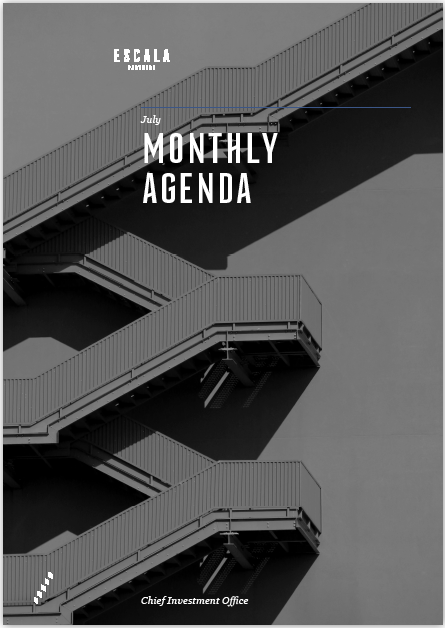-
Overview
Record drop, record recovery, and unprecedented policy action. This year’s extraordinary market environment is tearing apart long-standing relationships between asset classes and investment styles. The market has shrugged off the earnings drop on bets of a fast recovery. Other breakdowns include links between bond yields and equities, as well as oil shares failing to follow crude prices higher. One striking difference from the 2009 rebound is the absence of a real outperformance of value stocks, globally and in Europe. In fact, far from leading the rally, banks remain one of the worst performers this year.
Chart 10: Europe value stocks haven’t outperformed like in 2009

Source: Bloomberg
The Covid-19 pandemic and subsequent responses from governments and central banks have created market dislocations that are becoming more apparent as the equity rebound gains momentum. Besides distorting historical market relationships, the massive stimulus response is also crushing cross-asset volatility, making many public market investments absurdly priced from a risk-adjusted perspective.
Chart 11: Volatility across asset classes is falling (90d vol)

Source: Bloomberg
The pace of the dollar’s drop may subside if seasonal strength in August is anything to go by. The currency has risen in August in seven of the last 10 years, posting an average gain of 0.5% and thereafter registering monthly gains for the rest of the year. August advances are usually associated with higher currency, emerging-market, or financial-market volatility.
Chart 12: Avg monthly gains (%) USD over past 10yrs

Source: Bloomberg







